A Sixth Part of the World
7.4 /10 1 Votes7.4
Country Soviet Union | 7.2/10 IMDb Duration | |||||||||||||||||||||||||||||||||
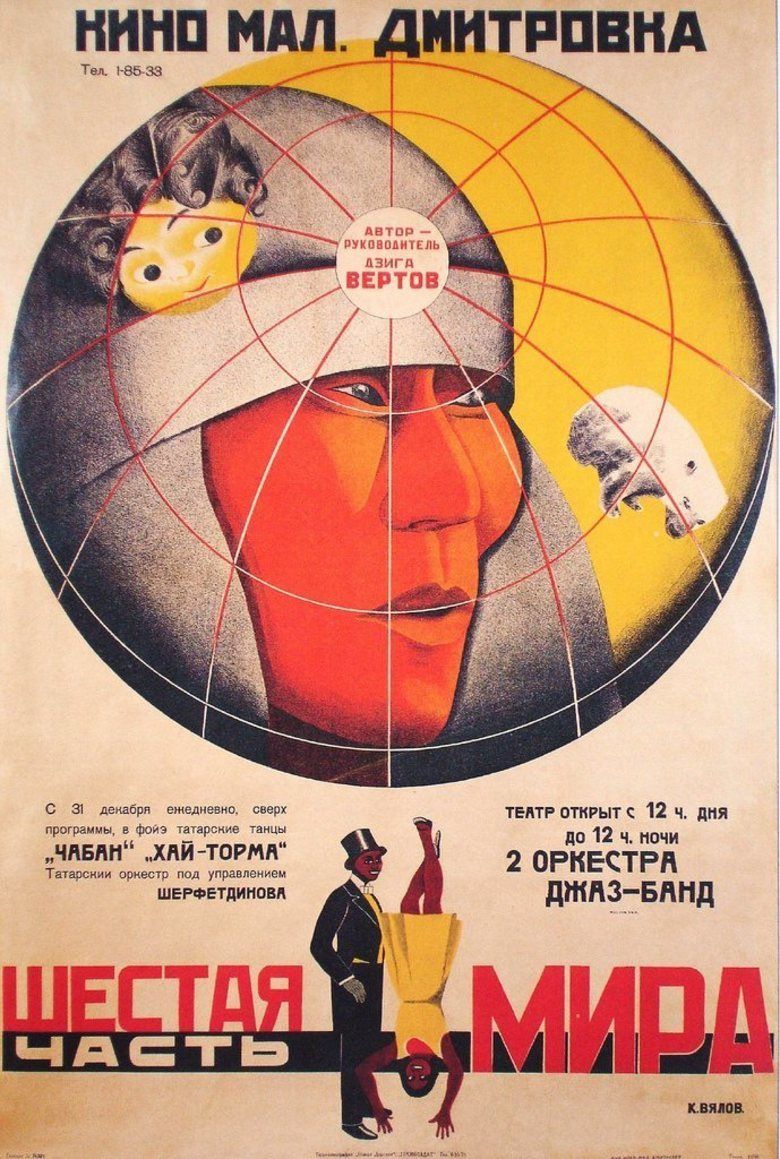 | ||||||||||||||||||||||||||||||||||
Language Silent filmRussian intertitles Release date 31 December 1926 (1926-12-31) (USSR) | ||||||||||||||||||||||||||||||||||
Michael nyman s vertov sounds a sixth part of the world 3
A Sixth Part of the World (Russian: Шестая часть мира, Shestaya Chast Mira), sometimes referred to as The Sixth Part of the World, is a 1926 silent film directed by Dziga Vertov and produced by Kultkino (part of Sovkino). Through the travelogue format, it depicted the multitude of Soviet peoples in remote areas of USSR and detailed the entirety of the wealth of the Soviet land. Focusing on cultural and economic diversity, the film is in fact a call for unification in order to build a "complete socialist society". A mix between newsreel and found footage, Vertov edited sequences filmed by eight teams of kinoks (kinoki) during their trips. According to Vertov, the film anticipates the coming of sound films by using a constant "word-radio-theme" in the intertitles. Thanks to A Sixth Part of the World and his following feature The Eleventh Year (1928), Vertov matures his style in which he will excel in his most famous film Man with a Movie Camera (1929).
Contents
- Michael nyman s vertov sounds a sixth part of the world 3
- Plot
- Vertovs intentions
- Production
- Reception
- DVD release
- Other soundtracks
- References
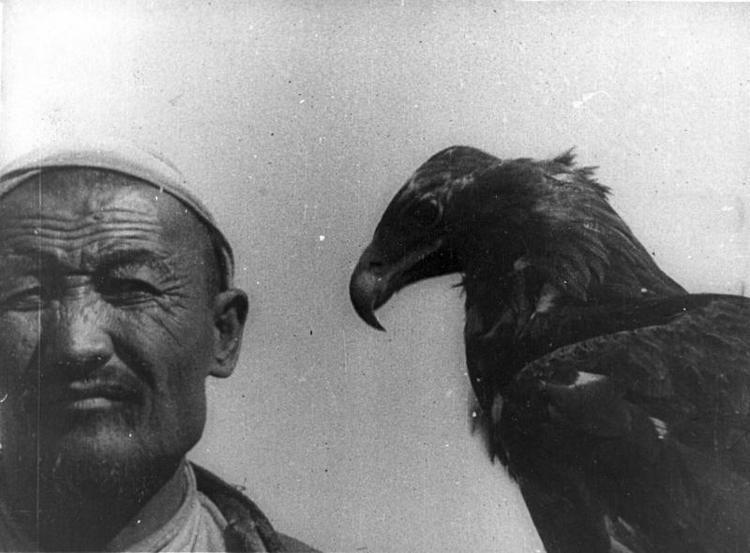
Plot
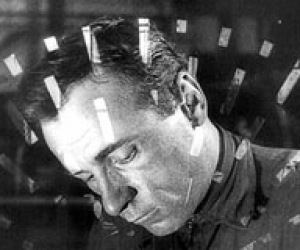
Vertov starts by showing us, with intertitles in giant Cyrillic characters, what he sees (Вижу) about the capitalist West with its foxtrot and black minstrels, and then switches his attention to the audience (Вы) and then the individual viewer (Ты). In one self-reflexive moment, Vertov even shows cinema-goers watching an earlier piece of the film (‘And you sitting in the audience’). He takes us on a tour of the vital importance of agricultural production, which generates export revenue (shot of the ship’s nameplate ‘Greenwich’) so that Russia can buy machines to build more machines (shots of a milling machine). This gives him the pretext to take us on a Cook’s tour of the extremities of the Soviet Union: we see the icebreaker Lenin (amazing shot downwards from above the prow) delivering new dogs to the Samoyeds on Novaya Zemlya, and their being invited on board to listen to a gramophone recording of the great man himself. We go to Bukhara where one of the mosques is looking very dingy and crumbled, and to Leningrad where the trams run down the middle of broad empty boulevard as a horse-drawn carriage turns out. We see a Kirghiz with a giant eagle perched on his arm, a bear encircled by yapping dogs, a fox caught in a trap and another one that is a child’s pet, guillemots, gulls, a man shooting a sable in the top of a pine tree, a pine marten, sheep being dragged into the sea for a wash and other sheep being obliged to jump into a stream for the same purpose - the intertitles are surreal: (“You – whether you are washing your sheep in the sea (film) or whether you are washing your sheep in the river (film)…”, We see trappers bringing their furs to the Госторг (Gostorg) trading post in exchange for manufactured goods, everyone contributing to the national economy. Ironically, the furs are destined for the Leipzig fair (ярмаркт). In an amazing stop-frame sequence, rows of oranges align themselves in a packing box, wadges of packing material shuffle along and jump on top of them, and then the lids close (you can just see the line pulling one of the sides). We see coke being quenched also, as well as electricity pylons and insulators, and the village electricity co-op. We see sturgeon being hoiked out of tanks to make caviar. We see barrels of butter – 'it is yours!' We see wheat being threshed, linen being spun and cotton being ginned. We see the country being modernised, although there are still some people who trust in Mohammed (film) or Christ (a man telling his rosary) or Buddha (film) and we are shown a Siberian shaman looking remarkably like a North American Indian, and even a reindeer being slaughtered (by axe blows to the neck) as a sacrifice. We see crowds of women in full-face veils, but also a modernising country as a woman lifts her veil. And we see some tundra-dwellers eating raw reindeer meat.
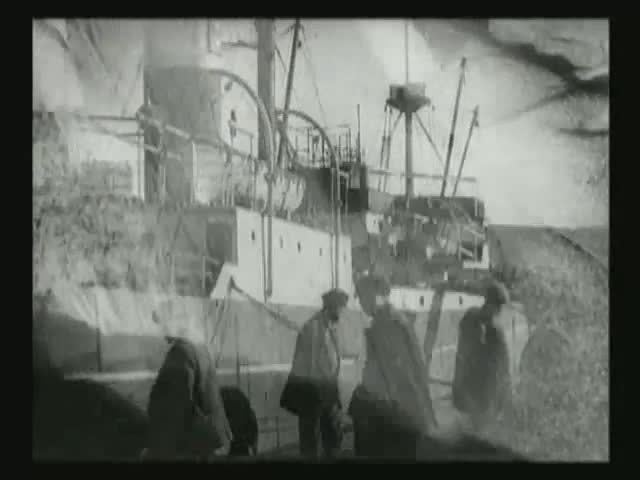
It’s a fantastic travelogue and anthropological document. Lenin’s mausoleum is his alone at this time (1926). The moral: everyone produces and is building socialism. It starts with slavery and ends with developing countries joining the socialist revolution.
Vertov's intentions

In an interview for Kino magazine in August 1926, Vertov explained his intentions: "A Sixth Part of the World is more than a film, than what we have got used to understanding by the word ‘film’. Whether it is a newsreel, a comedy, an artistic hit-film, A Sixth Part of the World is somewhere beyond the boundaries of these definitions; it is already the next stage after the concept of ‘cinema’ itself… Our slogan is: 'All citizens of the Union of Soviet Socialist Republics from 10 to 100 years old must see this work. By the tenth anniversary of October there must not be a single Tungus who has not seen A Sixth Part of the World'” (quoted in Barbara Wurm's essay in the DVD booklet)
Production
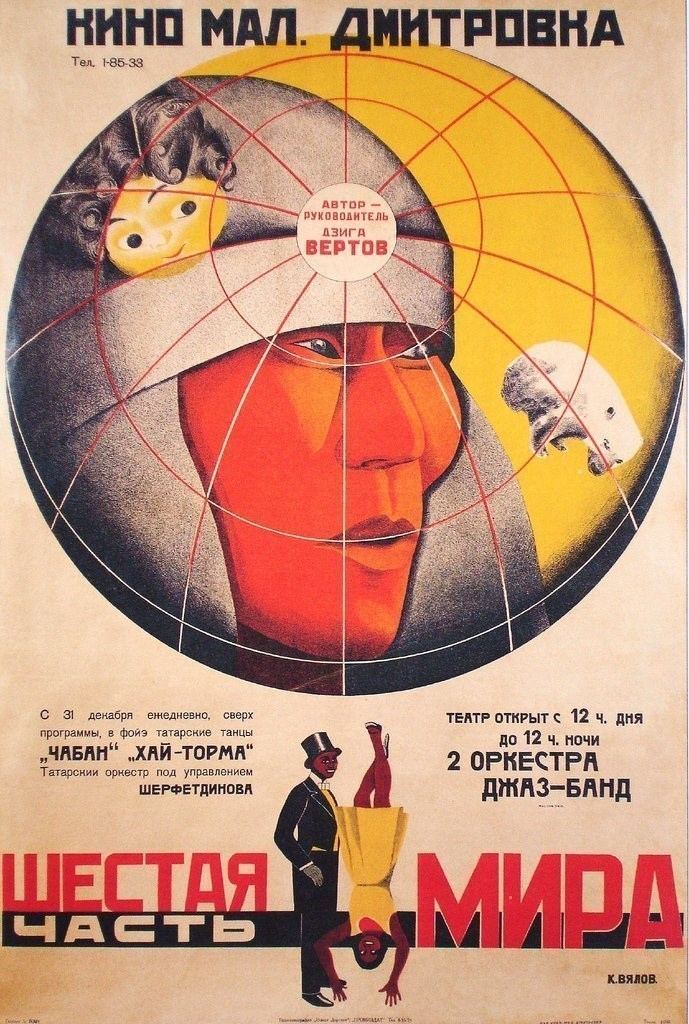
At the beginning of 1918, Dziga Vertov was hired to edit the newsreel Kinonedelia ("Cineweek") for the Moscow Cinema Committee. With no formal education in the science of editing, he learnt to build a coherent newsreel with a minimum of stock. Practising editing on different kinds of short movies, Vertov began to theorize his own view on editing. In the hope of putting his theories into practice, in 1922 he formed the first group of kinoki ("cine-eyes") in which he began to issue the Kinopravda ("Cine-truth") serie of films. At that time, Vertov published essays in specialized publications detailing his theories on cinema. In 1924, the Goskino film production company set up a documentary section called Kultkino and Vertov was placed in charge. That year, Goskino was replaced by Sovkino, which continue to operate the Kultkino section. In 1925, Gostorg, the Central State Trading Organisation, was seeking a director for a film promoting internal trade and praising the merits of the new social order. A Sixth Part of the World was produced by Kultkino within Sovkino.
Reception
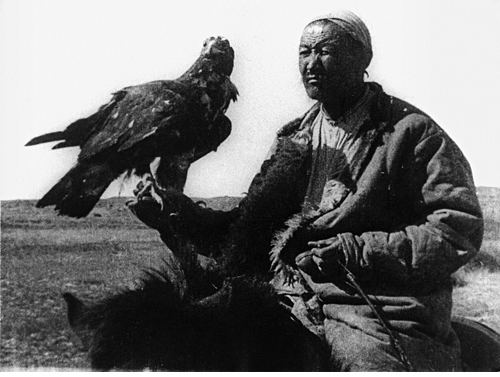
The film was well received by Pravda. Praising the film, the periodical Sovetskii Ekran ("Soviet Screen") stated: "These films reveal to us that Russian cinematography has found the correct path". However, prominent critics criticized it. Critic Viktor Shklovsky accused the film of being fiction in his article "The Cine-Eyes and Intertitles". According to critic Ippolit Sokolov, the movie is a "deformation of facts done by montage". The film remained mostly unexploited by official propaganda and Vertov was expelled from Sovkino production in 1927, being accused of exceeding more than three times the initial budget of 40,000 roubles (the film actually cost twice this budget).
DVD release
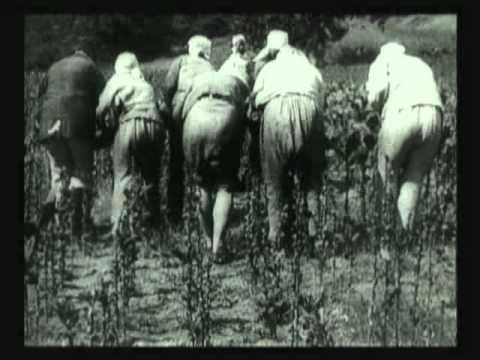
Editions Filmmuseum released the film in 2009 in a 2-disc set with the film The Eleventh Year (1928) [1].
Other soundtracks
In 2015, the Belgian post-rock band We Stood Like Kings, which focuses on writing new soundtracks for silent movies, released their own new score for the film on the German label Kapitän Platte. It was performed live at many cinema and concert halls across Europe.
References
A Sixth Part of the World WikipediaA Sixth Part of the World IMDb A Sixth Part of the World themoviedb.org
